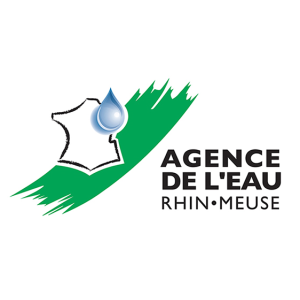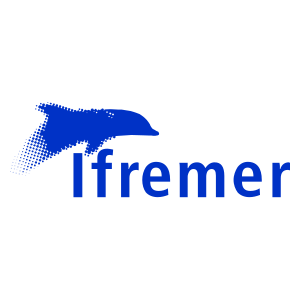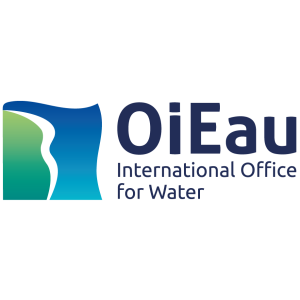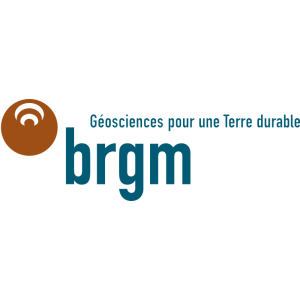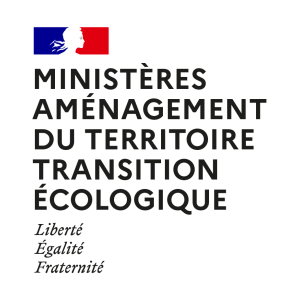
Document généré le 28/11/2025 depuis l'adresse: https://www.documentation.eauetbiodiversite.fr/fr/notice/evaluation-de-la-composante-de-l-ecosysteme-poissons-et-cephalopodes-du-descripteur-1-biodiversite-en-france-metropolitaine
Evaluation de la composante de l’écosystème « Poissons et céphalopodes » du descripteur 1 « Biodiversité » en France métropolitaine.
Titre alternatif
Producteur
Contributeur(s)
Identifiant documentaire
9-57007
Identifiant OAI
oai:archimer.ifremer.fr:57007
Auteur(s):
Brind'Amour, Anik,Delaunay, Damien
Mots clés
DCSMM
Descripteur 1
Bon état écologique
Poissons et céphalopodes
Population d’espèces
Indice d’abondance
Traits d’histoire de vie
Indice de sensibilité
Pression de pêche
Zone fonctionnelle halieutique
Date de publication
01/05/2018
Date de création
Date de modification
Date d'acceptation du document
Date de dépôt légal
Langue
fre
Thème
Type de ressource
Source
Droits de réutilisation
2018 Ifremer
Région
Département
Commune
Description
The Marine Strategy Framework Directive (MSFD), adopted in June 2008, recommends Member States to adopt an ecosystemic approach to manage the marine environment. By this directive, France aims to achieve a good environmental status (GES) described by 11 descriptors, of its marine waters by 2020. Descriptor 1 stipulates that biological diversity is maintained. The quality and occurrence of habitats and the distribution and abundance of species are in line with prevailing physiographic, geographic and climate conditions (European Commission Decision 2017/848/UE). The ecosystem components of fish and cephalopods must be assessed in the four marine subregions (“English Channel – North Sea”, “Celtic seas”, “Bay of Biscay” and “Western Mediterranea”). The species groups assessed in this report are the demersal fish of sandy or muddy coastal areas, demersal and pelagic fish of the continental shelf, cephalopods of coastal areas and continental shelf, and fish and cephalopods of deep-sea waters. For the assessment of the species groups mentioned above, except for coastal and pelagic fish, the “Celtic seas” and “Bay of Biscay” marine subregions are united in one Assessment Geographical Unit (AGU) and the “Western Mediterranea” marine subregion is divided into two AGU: Gulf of Lion and Eastern Corsica.
The approach used to assess the GES of each species group in each marine subregion is based on the availability of data from scientific surveys conducted by Ifremer and scientific proven methods for identifying thresholds. This quantitative approach is implemented for criterion D1C2 related to the abundance of populations and to the group of demersal fish of the continental shelf for which sensitivity to fishing pressure is high. It is carried out at the population and community level. However, the beginning of monitoring devices matches with a period of high fishing intensity that does not allow referring to an initial situation without pressure. For the others species groups, criterion D1C2 is indicated by the results of the assessment of desciptor 3 when stock assessments are available (i.e. D3 report – Foucher and Delaunay, 2018), this is the case of the pelagic fish of the continental shelf, or through a qualitative approach. For the other criteria, a qualitative assessment is proposed. The latter approach describes (albeit non-exhaustively) the state of scientific knowledge on those unassessed species groups. Its also suggests future methodological developments which will likely be used to inform the five criteria of the descriptor 1 for the next assessments.
The assessment of GES of the demersal fish populations of the continental shelf, using the criterion D1C2, indicates that among the four AGU, the “English Channel – North Sea”, “Celtic Seas and bay of Biscay” and “Gulf of Lion” present populations that don’t achieve GES. The number of populations is particularly important in the Gulf of Lion where 28% don’t achieve GES. In addition, 30 to 50% of the populations are assessed in GES in all AGU.
The community approach, whose the results are consistent with the previous ones, indicates that the “English Channel – North Sea” AGU shows increasing signals of a return to GES since the 2000s. The populations qualified in GES have doubled since the beginning of the observation series, achieving 40-45 % of the populations of sensitive species to the fishing pressure. In the “Celtic seas and bay of Biscay” AGU, the environmental status of the populations is stable over the period analysed but it is difficult to interprete that stability as no threshold value of GES formely exists. Finally, the western Mediterranea with Corsica and the Gulf of Lion have respectively a stable state and a decrease of the number of populations in GES since the end of the nineties. However, in the Gulf of Lion, signals of a return to a GES are observed for the last MSFD cycle.
The qualitative approach highlights the main developments leading to future operational indicators for the next MSFD cycles. This includes work on the coastal demersal fish communities with the data provided by scientific surveys on nursery areas (D1C5), the ICES work on the size and age based on indicators of exploited fish stocks (D1C3), and research development on the geographical distribution of demersal and pelagic populations of the continental shelf (D1C4).
Accès aux documents
0
Consultations
0
Téléchargements

